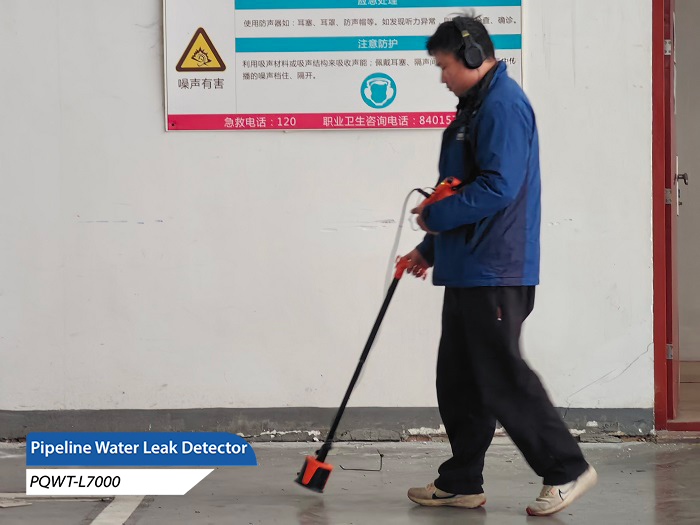With the acceleration of urbanization and the increasing importance of water resource management, smart pipeline leak detector device technology plays an increasingly critical role in the framework of smart water services. Smart water aims to optimize the distribution, monitoring and management of water resources through information technology, in which efficient and accurate pipeline leak detector equipment is not only the key to reduce water waste, but also an important part of ensuring the safe operation of urban infrastructure. In this paper, we will discuss the latest progress of pipeline leak detector equipment and its innovative practices in practical applications.

I. Integration of Internet of Things (IoT) technology
The integration of Internet of Things (IoT) technology has greatly promoted the intelligence of leak detection. By installing smart sensors in the water supply network to monitor parameters such as water flow pressure, flow rate, and water quality in real time, the system is able to automatically analyze the data, identify abnormal fluctuations, and prejudge potential water leakage risks. This remote monitoring capability greatly improves the efficiency and accuracy of leak detection, enabling managers to respond quickly before the problem expands.
Second, big data and artificial intelligence analysis
On the basis of massive monitoring data, using big data analysis and machine learning algorithms, the intelligent water leakage detection system is able to learn leakage patterns from historical data, automatically optimize detection algorithms, and achieve accurate prediction of water leakage events. This intelligent analysis can not only quickly locate existing leaks, but also prevent possible future leaks through pattern recognition, providing forward-looking strategic support for the maintenance of urban water networks.
Satellite remote sensing and GIS
Combining satellite remote sensing technology and GIS (Geographic Information System), intelligent water leakage detection can capture surface hydrological changes from the macro level, assisting in the identification of large underground leakage. Satellite imagery can monitor changes in surface humidity, vegetation cover and other indicators, which are often associated with underground pipe leaks, while GIS integrates multiple sources of information to construct a high-precision leakage risk map, providing precise guidance for on-site investigation.
Fourth, the innovation of acoustic and vibration sensing technology
In terms of local detection technology, acoustic and vibration sensing technology has made significant progress. The new acoustic pipeline leak detector device uses more advanced signal processing algorithms that can filter out environmental noise and more accurately capture the tiny sound waves generated by water leaks. At the same time, vibration sensors monitor the small changes in vibration caused by water leaks, enabling accurate localization even in complex underground environments. The combined use of these technologies makes the detection process more automated and refined.
The development of intelligent water leakage detection technology is an important step towards more efficient and sustainable management of smart water services. Through the integration and innovative application of interdisciplinary technologies, we are gradually building a smart water network management system that is capable of real-time sensing, accurate prediction and rapid response. This will not only help alleviate the pressure of global water scarcity, but is also an important cornerstone for the realization of sustainable urban development. In the future, as the technology matures and the application deepens, intelligent water leakage detection will play a more important role in guarding the earth's "blue blood".








